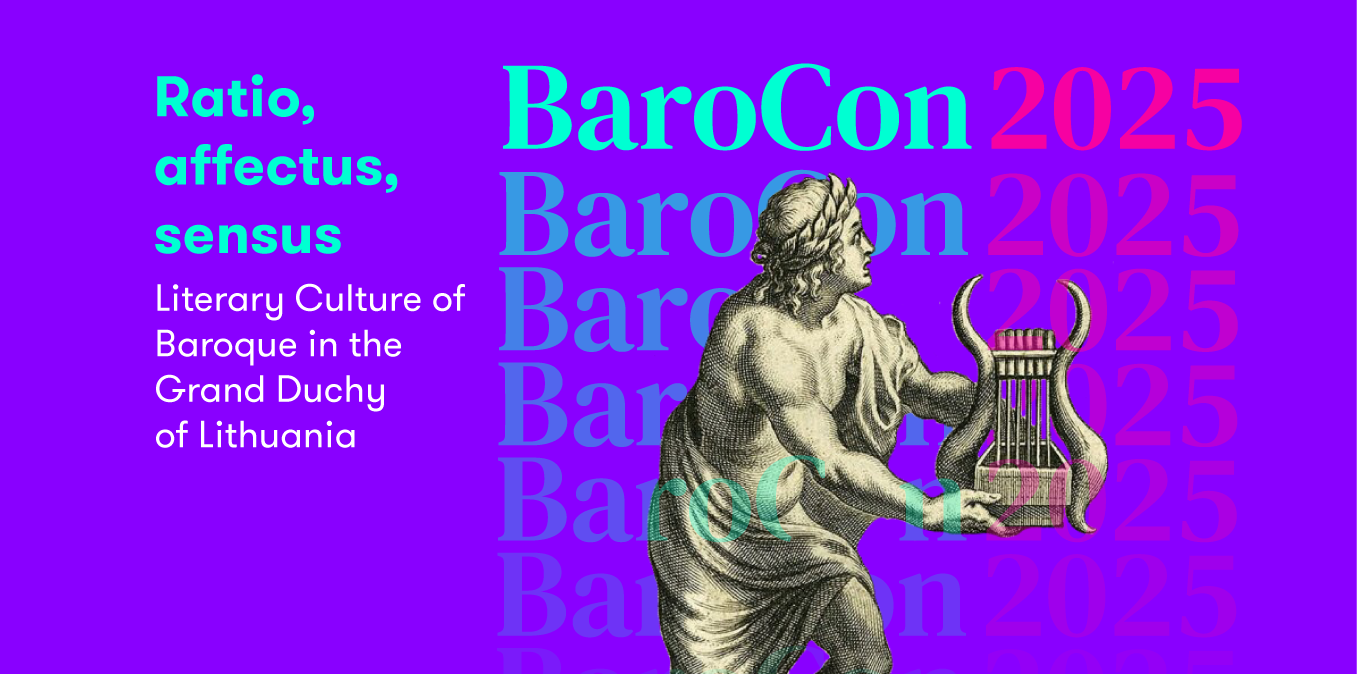
Olena Matushek
The Practice of Acumen in the Sermons of Lazar Baranovych
Olena Matushek
Karazin Kharkiv National University
The Practice of Acumen in the Sermons of Lazar Baranovych
Keywords: wittiness, Baroque sermon, Lazar Baranovych, Vilnius Academy, Kyiv-Mohyla College
The object of the presentation is the sermons of Archbishop Lazar Baranovych of Chernihiv and Novgorod-Sivers’kyі from his collections. The research aims to identify the artistic functions of acumen in the sermons of Baranovych by using discursive and semiotic methods of analysis. The task of the presentation is to show where Baranovych studied the science of acumen and how he created concepts. Maciej Sarbiewski presents several general ways of creating a concept. Summarizing his teachings, Renate Lachmann names three of them: it compares a case to a topos; two topoi of the same order; and two topoi of different orders. Lazar Baranovych often resorted to extensive analogies. He compared two typologically similar situations—the Transfiguration of the Lord on Tabor and His Crucifixion on Calvary—contrasting the portrait characteristics of the main image. The text of the Great Friday sermon is based on the parallel and contrast between the First Adam and Christ (the Second Adam).
Lazar Baranovych often turned a topic into a sentence with a witty rhetorical question. Names were also a source of wittiness. Using the deep symbolic meaning of the name 'Jacob', Baranovych denotes the church. The bishop used linguistic witticisms not only in printed texts but also in live communication. When Dymytriy Tuptalo came to him for a blessing to become hegumen, Lazar Baranovych greeted him with a pun: 'Let Dymytriy get a miter!' Thus, the theory of mental acuity helped Lazar Baranovych to express the content of Christian dogmas, interpret gospel plots, and interest listeners with unexpected similarities and contrasts. The linguistic and stylistic design of the content of Baranovych's sermons corresponded to the features of the European Baroque style based on wittiness.